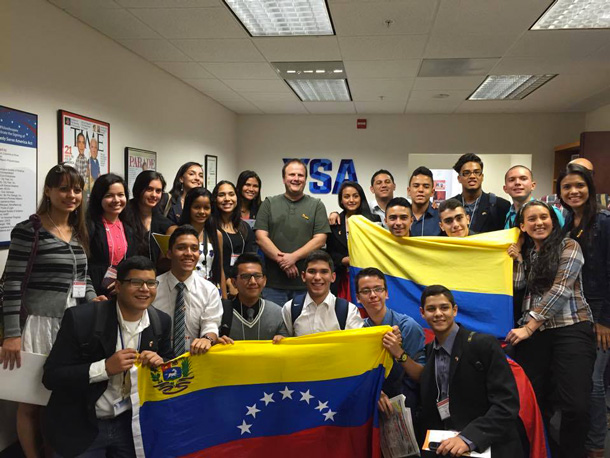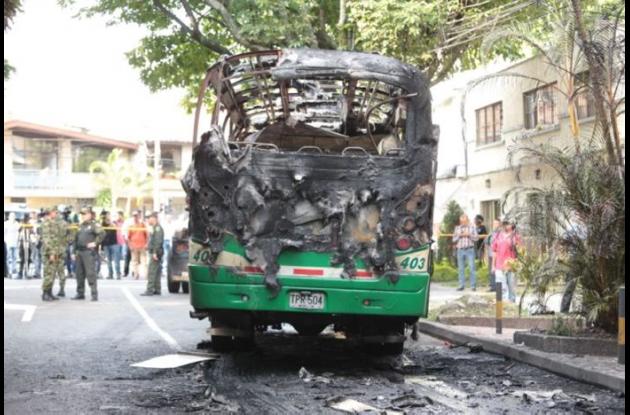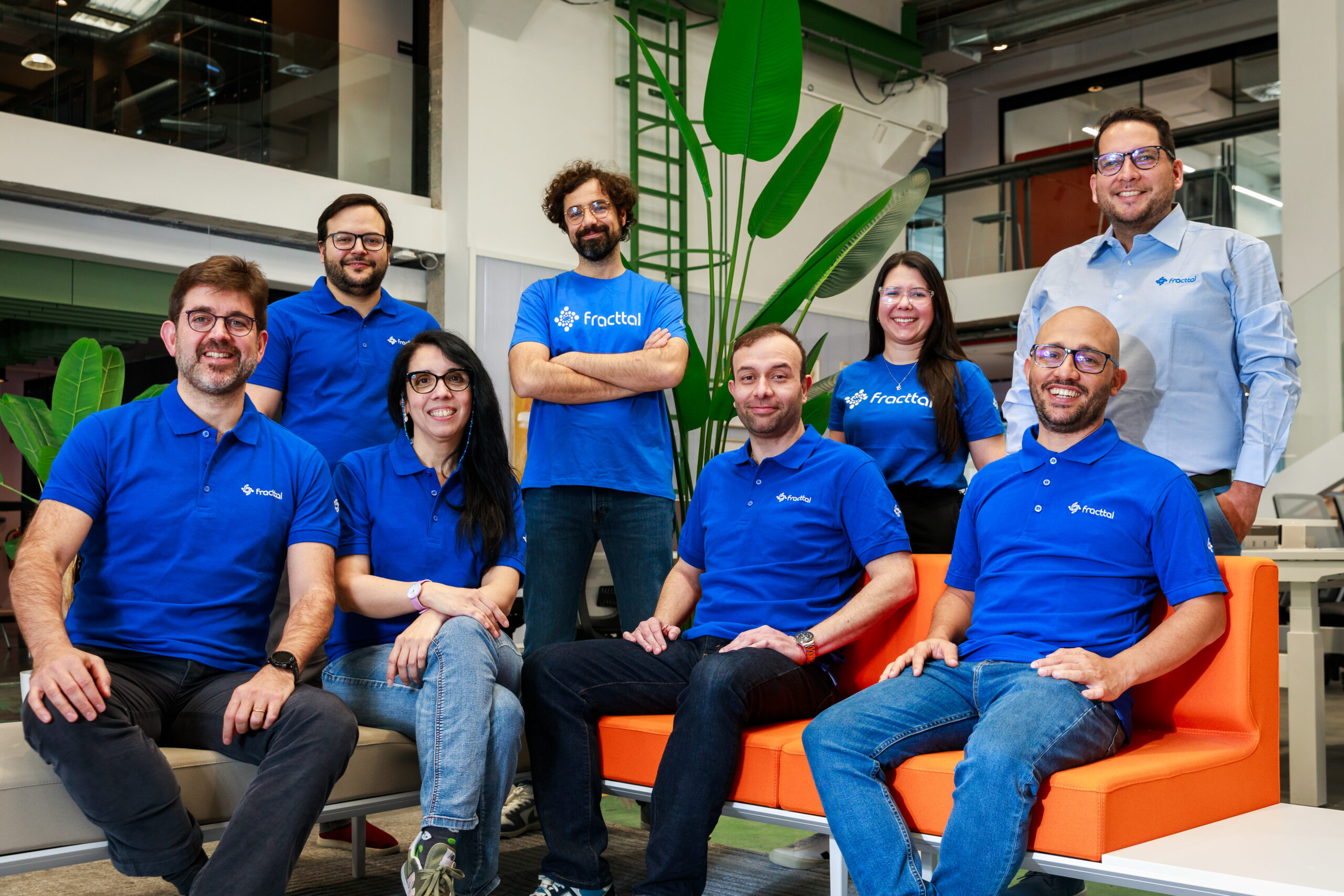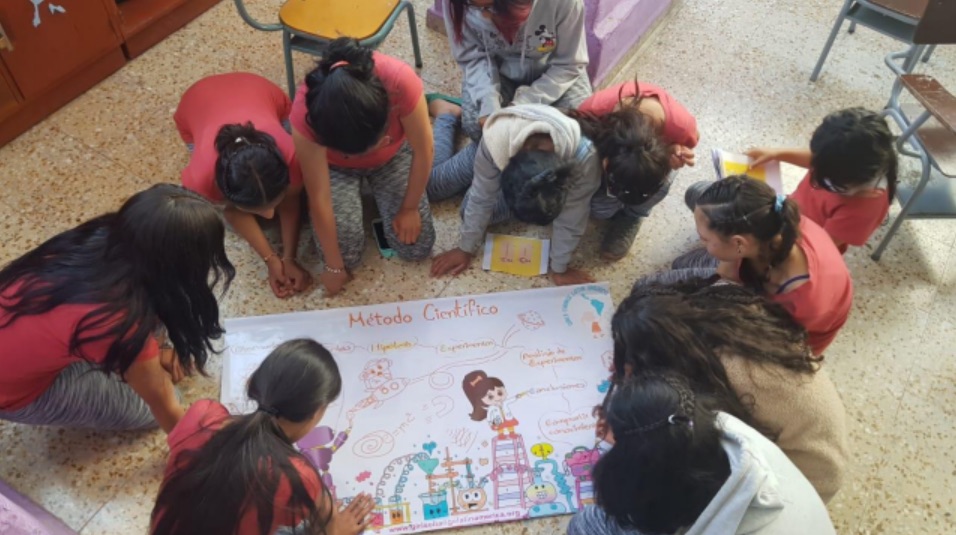In rural Bogotá, a neglected community’s project to provide potable water faces increasing challenges.
Passing by verdant hills and pasture, the pothole-ridden road leading up to Mochuelo Bajo scarcely resembles the rest of Bogotá. Yet, on arrival in the barrio rural – as it is categorised by the city – the capital’s urban density becomes a reality again, with informal brick housing crowding the narrow streets.
The rural road to Mochuelo. Photo by author
Mochuelo Bajo sits on the far southern edge of Ciudad Bolívar, the capital’s poorest localidad. It is sandwiched between brick mines to the west and Bogotá’s main landfill, Doña Juana, to the east.
Not long ago, this was a rural village populated by wheat, barley and pea farmers. But starting in 1980, illegal housing developments began to increase with the arrival of displaced people fleeing violence elsewhere in Colombia.
Then, in 1986, the state’s Special Administrative Unit for Public Services (UAESP) bought one of Mochuelo’s fincas to use as a landfill. Soon after, soil contamination meant that many crops stopped growing. The agricultural economy was largely replaced by work at the rubbish dump and at the newly established ladrilleras – brick mining and manufacturing complexes.
Mochuelo Bajo. Photo courtesy of Jennifer Díaz and Virgilio Pedraza
Mochuelo’s transformative urbanisation also produced new pressures on potable water resources. The enlarged population was forced to compete over ever scarcer supplies, compounded by the landfill’s contamination of local water sources.
Residents petitioned the state to act by recognising the illegal housing developments and extending Bogotá’s water network to Mochuelo, but were largely ignored. Meanwhile, the quantities of waste dumped in the community grew.
Lifelong resident and former wheat and barley farmer Virgilio Pedraza recalls that “by 2000, there were so many people that the demand for water became a much more serious matter for the community.”
Now in his 70s, Pedraza expresses no bitterness towards Mochuelo’s urbanisation nor to the newcomers. Instead, he has dedicated the last 23 years to accommodating the barrio’s new residents.
Virgilio Pedraza has worked to improve clean water access for two decades. Photo by author.
Getting drinkable water in Mochuelo
Pedraza was a founding member of “La Asociación de Usuarios del Acueducto Comunitario ‘Aguas Calientes.’” This is Mochuelo’s community water plant, built with the aid of a government grant in 2000 to redress the scarcity of potable water in the neighbourhood.
While projects like this exist in other parts of Colombia, they tend to be far from the developed Andean core.
The community water plant. Photo courtesy of Jennifer Díaz and Virgilio Pedraza
Now, over two decades after its foundation, the association is still the principal supplier of freshwater to Mochuelo Bajo’s 6000 residents.
Pedraza is one of two fontaneros – technicians who work on the physical operation of the water treatment and distribution network. The other four members of the team deal primarily with administration.
Jennifer Paola Díaz has been part of the latter group for the past five years. An environmental professional and the plant’s commercial director, she manages both water treatment and billing.
For Díaz, the issue of water is part of a greater fight. “The plant symbolises Mochuelo’s history and its social struggle – it represents a battle for clean water. Many bogotanos live in a bubble – they don’t recognise the reality that lots of people face in their city.”
Jennifer Díaz in the association’s commercial area. Photo by author
She explains that “we don’t charge the same as in Bogotá but, rather, a much more affordable tariff that’s accessible to residents of Estrato 1.” According to Díaz, even within this socio-economic band, people in Mochuelo pay “considerably less than those who fall under the city’s official provider.”
Run as a non-profit, 70% of the cost of providing water is covered by the government. However, state support ends there and the plant is otherwise independent, relying on residents to pay the remaining 30% through bills.
Yet, this money falls short of their needs. “We work with very few resources,” says Díaz, “which forces us to search relentlessly for outside support and funding.”
Díaz and Pedraza at the plant. Photo by author
Even without these financial constraints, ever-scarcer natural resources also pose threats to Mochuelo’s water supply. With a severe El Niño predicted to kick in later this year, the future doesn’t look good.
On average, the town faces a month of water cuts per year, concentrated in the usually drier months of December, January and February. During the outages, residents can go for up to twelve hours without water.
“The cuts are a serious problem”, says Díaz, “because many people depend on the service to bathe, to prepare food and to drink. After all, water is a fundamental necessity.”
The shortages are worsening with climate change, according to Díaz. The reduction in water at Mochuelo’s source has been significant in recent months and aggravated by the increasing unpredictability of the climate, which reduces the plant’s ability to prepare for dry seasons.
Water shortages compounded by population increases
These supply issues have been compounded, Díaz explains, by rises in Mochuelo’s population in recent years due to the arrival of displaced people. With more residents, there is less water to go around.
Mochuelo’s water source. Photo by author
As pressure on the plant rises, Díaz and her coworkers are forced to consider alternative solutions: “We either need to find a new water source, or the Acueducto de Bogotá needs to expand its network to include the whole city. There really needs to be greater state intervention to improve access to water.”
Although the plant has been fighting to supply Mochuelo for two decades, a rapidly growing population and increasing water scarcity undermine their ability to carry on independently. While the state’s current subsidies help to keep bills low, money remains tight for the association and, even with more funding, their water supplies are finite. For Díaz, an expansion of the Bogotá water system, coupled with continued state subsidies, is the most ideal path to solving the growing water crisis in Mochuelo.
Yet, as the state stalls, feelings of disillusionment and anger towards it appear to build in the barrio – protests last November saw residents demand that the government fix the Vía Mochuelo, one of the neighbourhood’s main roads. Their calls have yet to be answered.
Vía Mochuelo. Photo by author
Indeed, the city’s administrators appear disconnected from the demands of Mochuelo’s residents. In its most recent issue, Doña Juana’s newspaper, sponsored by Bogotá’s Alcaldía and the UAESP, celebrates the landfill’s sponsorship of recent school graduates in Mochuelo. The headline reads: “Educating for the Future”. Yet, as the capital’s waste continues to flow into Mochuelo and water resources become scarcer, many of the barrio’s residents are growing increasingly anxious about what that future may hold for them.





